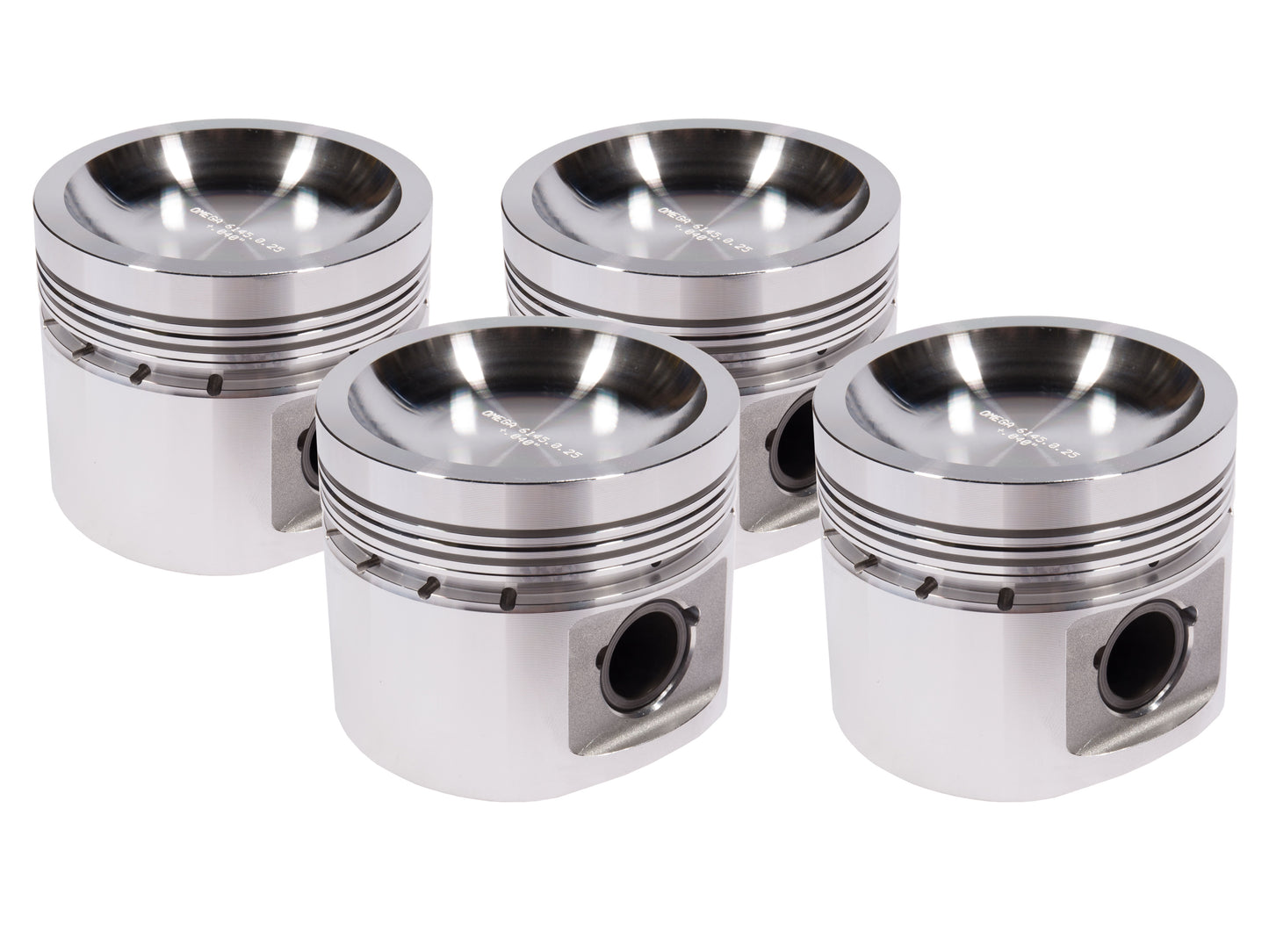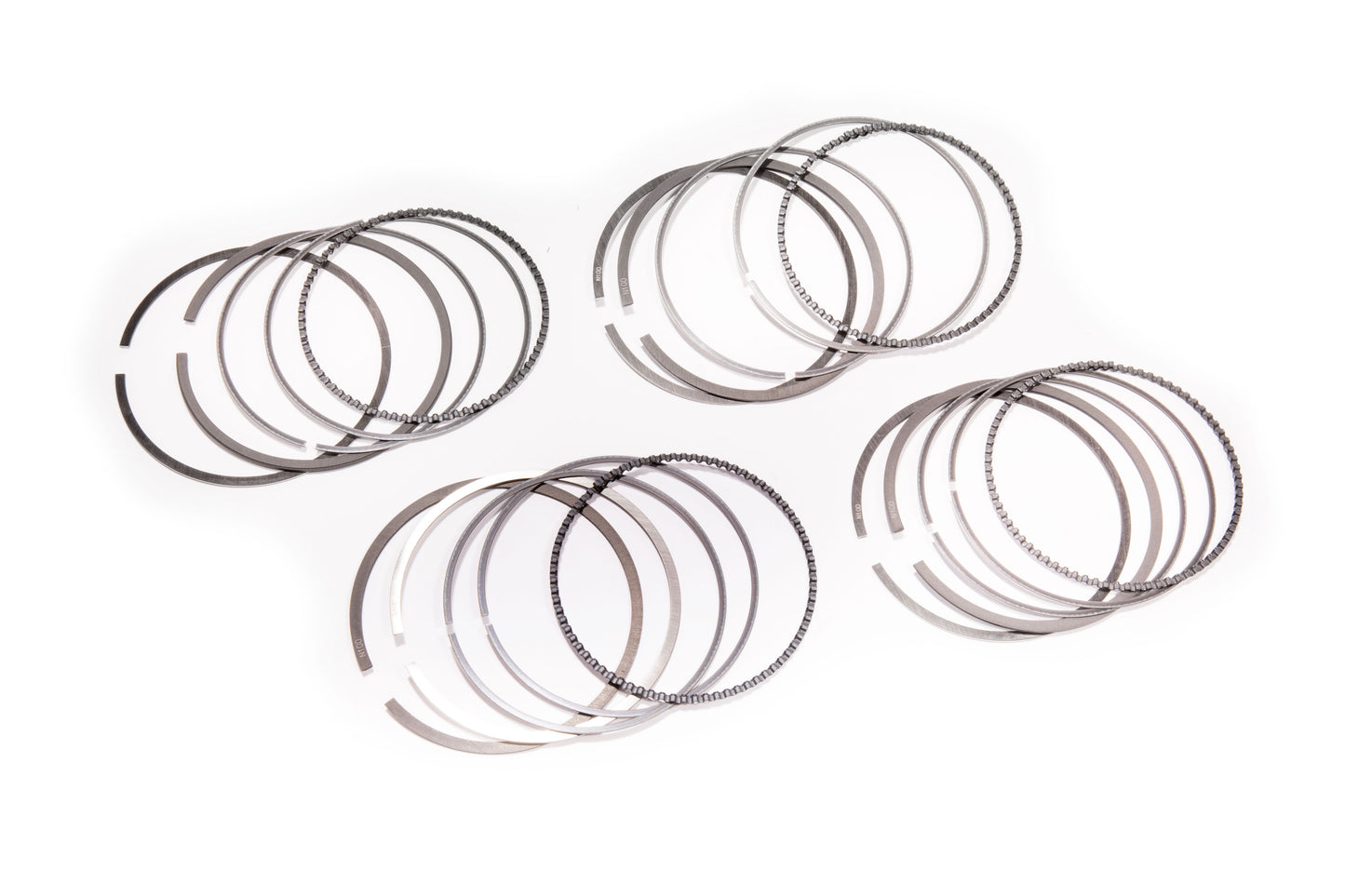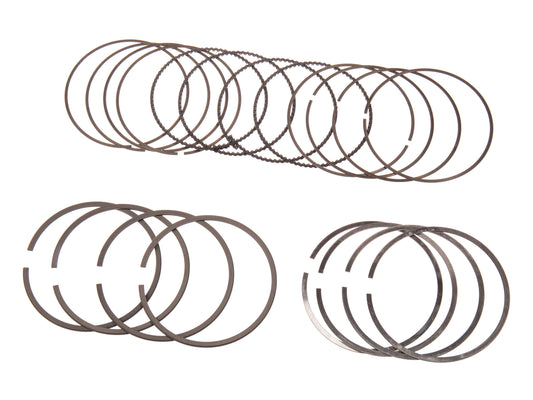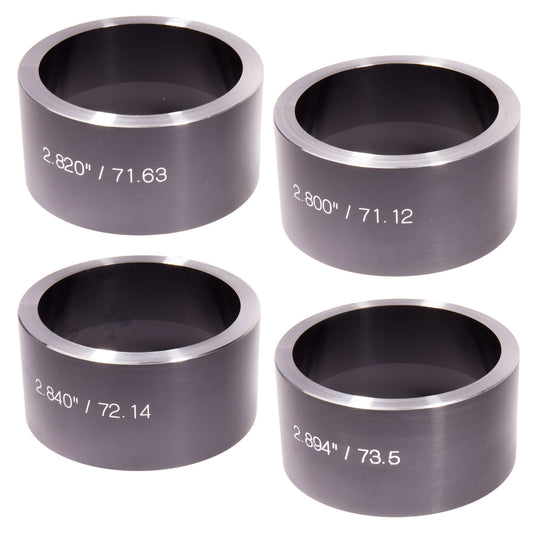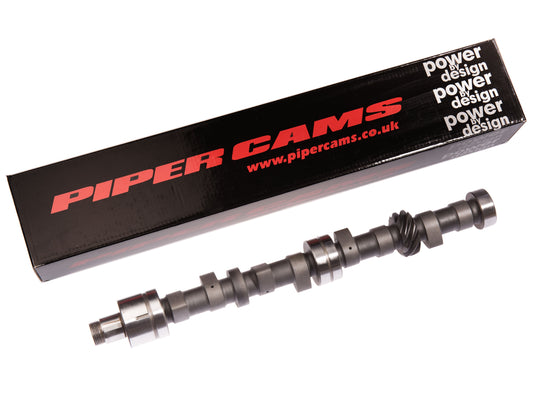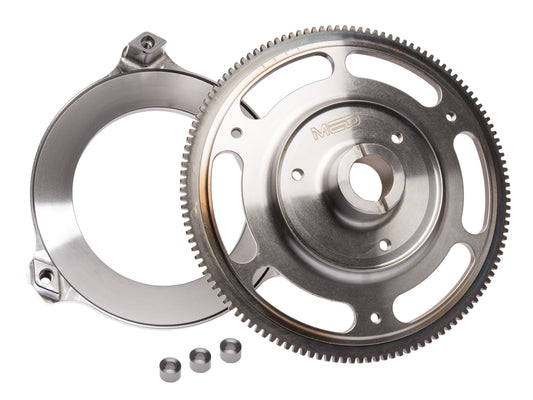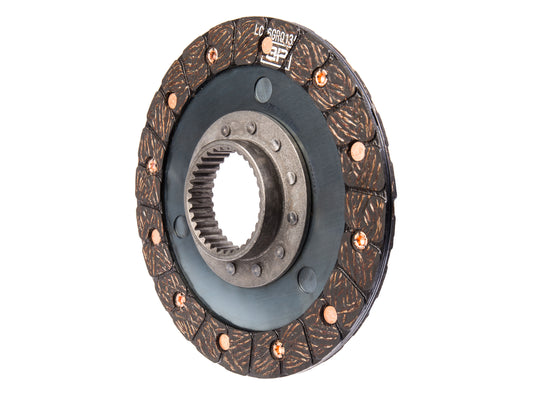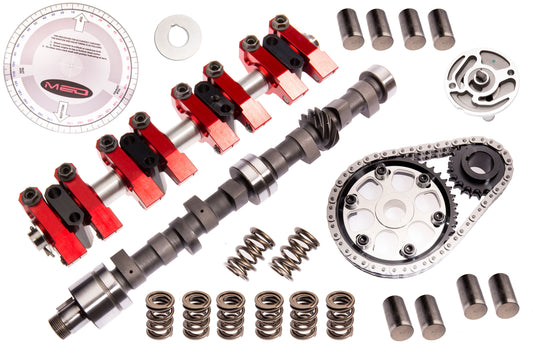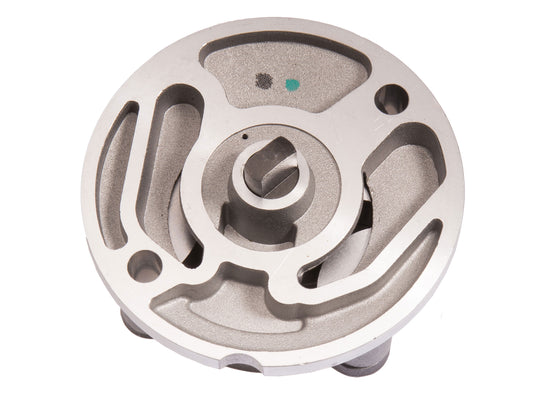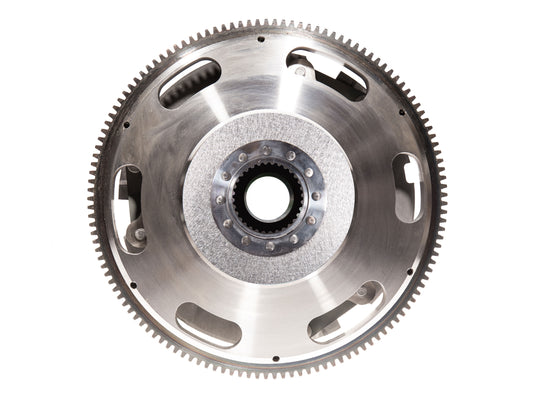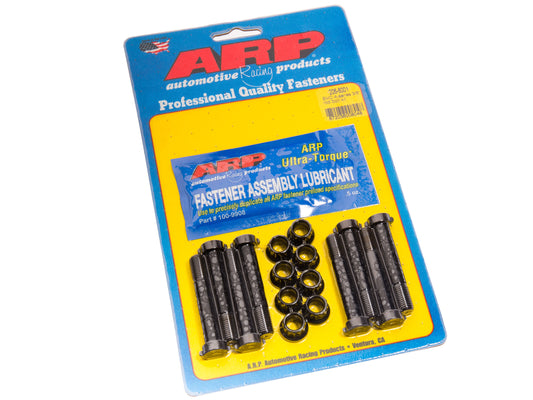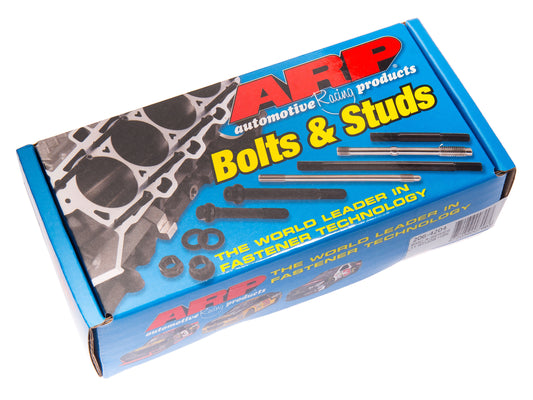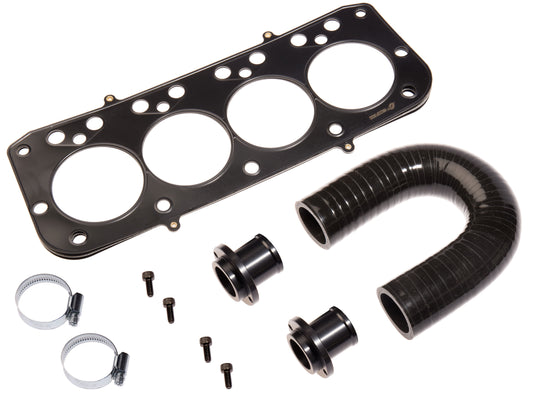OMEGA FORGED PISTONS - 18cc DISH FORCED INDUCTION

Description
Our forged Omega 18cc has become the piston of choice for forced induction engines, available in plus-0.020" and 0.040" sizes with standard diameter 13/16" (20.6mm) gudgeon pins.
The large central dish allows for a much reduced compression ratio, all without using problematic decompression plates or very large combustion chambers in the cylinder head.
This, combined with the high strength of Omega forged pistons, makes these the ideal choice for high performance turbo and supercharged engines.
Tech spec
- Available in +20 and +40 sizes for the 1275 engine
- Large 18cc central dish
- High strength
- Standard 1.498" compression height
- Made in the UK exclusively for MED
- 13/16" diameter gudgeon pins to suit standard press-fit conrods
- Optional floating pins
Please see the additional information tab for more detail and advice.
We would highly recommend purchasing an MED piston installation tool for trouble-free insertion to the bores.
Supplied as a balanced set of four with ring pack, which is also available separately (these particular pistons use a ring set from our diecast range).

Additional Information
Overview
The 18cc dished pistons have been designed specifically for forced induction engines, to significantly lower the compression ratio. They are the ultimate choice for anyone building a turbo/supercharged 1275 A-Series engine.
Conrod fitment
These pistons are supplied with 13/16" (20.6mm) diameter pins, as per our diecast Omega range, meaning they can be press-fitted to standard conrods. They will not suit the MED steel conrods.
If you'd prefer to run a fully-floating setup, your conrod little ends will need to be machined and re-bushed by a competant machine shop. We do not keep bushes for these size pins.
Running clearances
We would recommend a skirt clearance of 0.004", however different engine builders will have their own preferences.
The recommended ring gap is 0.010"-0.012".
Forged vs diecast
For low-boost applications, we also keep a diecast Omega piston with 10cc dish, in plus-0.020" and 0.040" sizes. These forged pistons are stronger and feature a larger dish, making them best suited to high performance usage.
Production process
High silicone alloy is first cut to billet size and the faces machined to a smooth finish. Each billet is pre-heated in an air-circulating furnace to a temperature close to the operating temperature of the piston crown, then compressed into a rough shape using Omega's in-house forge and custom-designed dies.
The specific temperature, together with tightly controlled speed of the forging process, gives a dense and very fine grain structure to the piston for high strength and superior fatigue life.
Any excess material is then removed before the forgings are heat-treated and wet blast cleaned. From here each piston is subject to a highly developed process of CNC machining, with constant measurement and quality control checks by experienced perfectionists.
Once final machining is complete, the pistons are engraved with a model and batch number, cleaned and sorted into matched weight sets. It's a time-consuming process to create such a high quality product, but the end results are well worthwhile.
Frequently Asked Questions
What is the recommended bore clearance and piston ring gap?

For forged Omega pistons we would recommend a skirt clearance of 0.004". The largest diameter of the piston should measured with a micrometer, 90-degrees to the gudgeon pin, three quarters of the way down the skirt. The recommended ring gap (top and second ring only) is 0.010-0.012".
Is there a recommended bore finish?

Yes, we suggest plateau honing with a cross hatch angle of 35-40 degrees. After honing with either conventional (#220 - #280 grit) or diamond stone (#325 - #550 grit), finish by smoothing the surface with a fine-grit conventional abrasive (#400 - #600 grit) or sweep the bores with a flexible brush or a nylon bristle plateau honing tool. This is necessary to get rid of jagged peaks and folded and torn material. Your machine shop may have different preferences.
Which conrods do these pistons suit?

These are designed to be press-fitted onto standard production conrods for the 1275 A-Series engine. That includes Cooper S, Midget, 1275 GT and all A+ engines, plus SPi and MPi. If you have aftermarket steel conrods with the little ends bushed to accept a 13/16" (20.6mm) pin, select the 'Floating pins and clips.' These pistons will not fit conrods with 18mm little ends.
What is the compression height of these pistons?

These are made to the standard 1275 A-Series compression height of 1.498". This is the measurement from gudgeon pin centre to the top of the crown.
Can you tell me what compression ratio these pistons will give?

The pistons are only one part of the equation, so it would be inaccurate to supply a static compression ratio figure without knowing more information on the engine build. If you can email us with the cylinder head chamber volume, head gasket type and the deck clearance figures, we will be able to calculate this for you, and make further recommendations. As a rough guide, on an otherwise standard engine block, with 21.4cc in the head, these pistons will drop the CR to around 7.7-7.9:1. With re-facing of the block and head you will be able to adjust this to perfectly suit a high performance forced induction engine.
What's meant by 'floating pins and clips'?

This gives the option to run a fully-floating gudgeon pin in the conrod little end, if your conrods are fitted with a suitable bush. So rather than being fixed in place, the pins can move and rotate, with the piston held to the pin by a pair of wire clips. The fully-floating setup is preferred by race engine builders for ease of assembly/disassembly, while there is also less chance of damaging the pistons on assembly. The downside is that we do not keep little end bushes for these standard 20.6mm (13/16") pins, so these will need to be custom made to suit.
Do I need to run forged pistons in a turbo or supercharged A-Series engine?

Not necessarily, but we would recommend these particular pistons as the go-to for any high performance forced induction engine. For lower states of tune with lower boost pressure, you may find that our +20 and +40 Omega diecast pistons with a 10cc dish will also work. If you're unsure, please contact us and we can help with further advice, as every build is different.
Related Products
